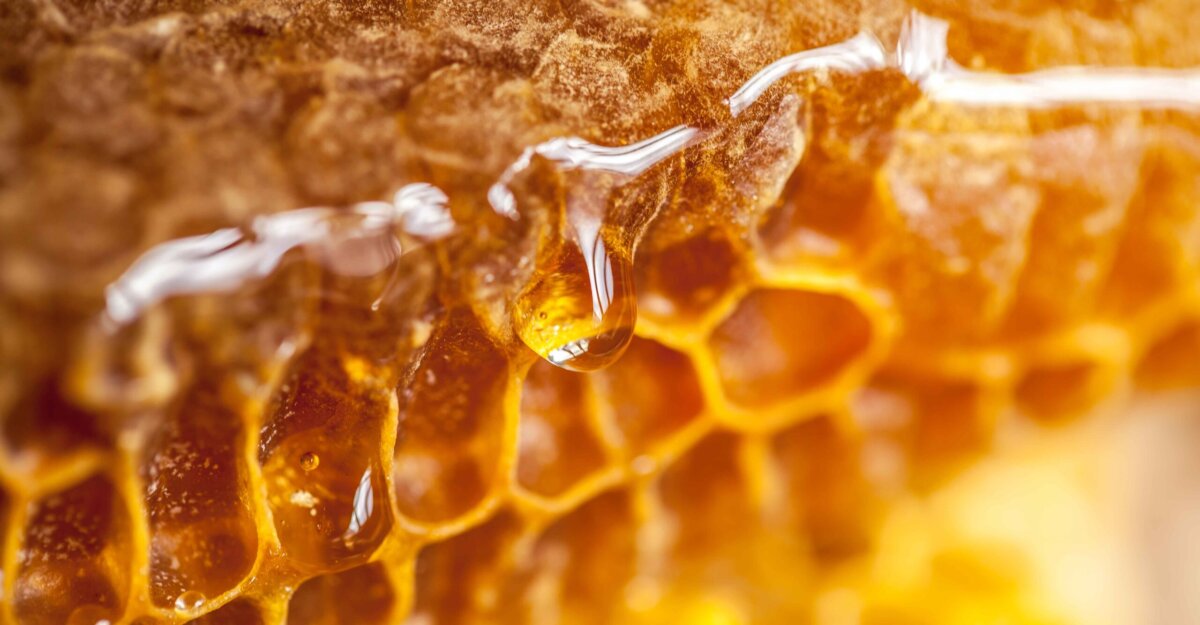Honey’s health benefits go beyond improving cardiovascular health and soothing a nasty cough.
Research has shown that the use of medical honey for wounds has many benefits in improving healing. It serves as a treatment for certain wound types and can be used as a dressing in some instances. While not a standard method of treatment, the application of medical honey can reduce pain and inflammation, accelerate healing, and help enhance patients’ quality of life.
By understanding medical honey and its appropriate uses, and best practices, you can discover this product’s potential in healing wounds and improving outcomes.
What is medical honey?
Thousands of years ago, Egyptians and Greeks used honey to heal open wounds and treat infection. This honey was typically local, natural, and unprocessed.
Now in modern wound care, medically certified honeys are available. These honeys are typically a Leptospermum honey commonly called Manuka honey or Tea Tree honey and are most often sourced from New Zealand.
It’s important to note that medical-grade honey is sterilized to kill the clostridium botulinum spore and typically higher in antibacterial properties than raw and store-bought honey.
Benefits of honey for wounds
According to research from the National Institute of Health, medical honey has antibacterial, anti-inflammatory, and antioxidant properties. These properties can be beneficial to both acute and chronic wounds. But this can also be effective on wounds with foul odor, such as some malignant wounds.
The antibacterial action of medical honey is due to its acidity, nutritional content, and osmotic effects. And because of the high sugar content and acidic level, bacteria dehydrates and colonization decreases.
Medical honey also stimulates certain areas of the immune system and increases the production of antibodies. The anti-inflammatory properties can help reduce pain and edema, which decreases protease activity, reduces prostaglandin levels, and increases nitric oxide end products. Medical honey is also helpful in the autolytic process of necrotic tissue debridement.
Appropriate uses
Medical honey may be used on all types of acute and chronic wounds. It is appropriate for both infected and highly inflamed wounds. It may also be used on high-draining wounds, as the wound will still benefit from the antibacterial properties, even if diluted by exudate.
Frequency of dressing change should be determined by the amount of exudate from the wound. In dry- or low-draining wounds, medical honey may be left in place for up to seven days. It may also be used under compression and offloading devices, such as total contact casts.
It is recommended to consult a pediatrician prior to using medical honey or any medical product on neonates and infants.
Tips for clinicians
While medical honey for wounds is beneficial in many ways, it’s important for clinicians to keep the following tips in mind as they use this treatment:
- Apply medical honey directly to the wound bed after appropriate cleansing and debridement of any necrotic tissue.
- Once applied, choose a secondary dressing based on the amount of exudate the wound typically produces.
- Do not over apply the product, which can inadvertently create a wet environment that can break down the periwound skin.
- Be sure to keep the patient’s body temperature in mind. Higher temperatures can thin the product, so take care to use only the exact amount needed to cover the wound bed.
Medical-grade honey has been available for use in wound treatment for quite some time. It became popular for use in conventional wound care in the early 2000s. But with the continuous evolution of new wound care products and dressings, it can be easy to forget some of the more established, tried-and-true products still available to us today.
Medical honey for wounds could very well be the answer to some of the harder-to heal cases at your facility.
Take our engaging, evidence-based Wound Care Certification Courses for nurses, registered dietitians, physical therapists, and more professionals. Choose the format that suits you and get access to tools to help you ace your exam.
Learn MoreWhat do you think?

